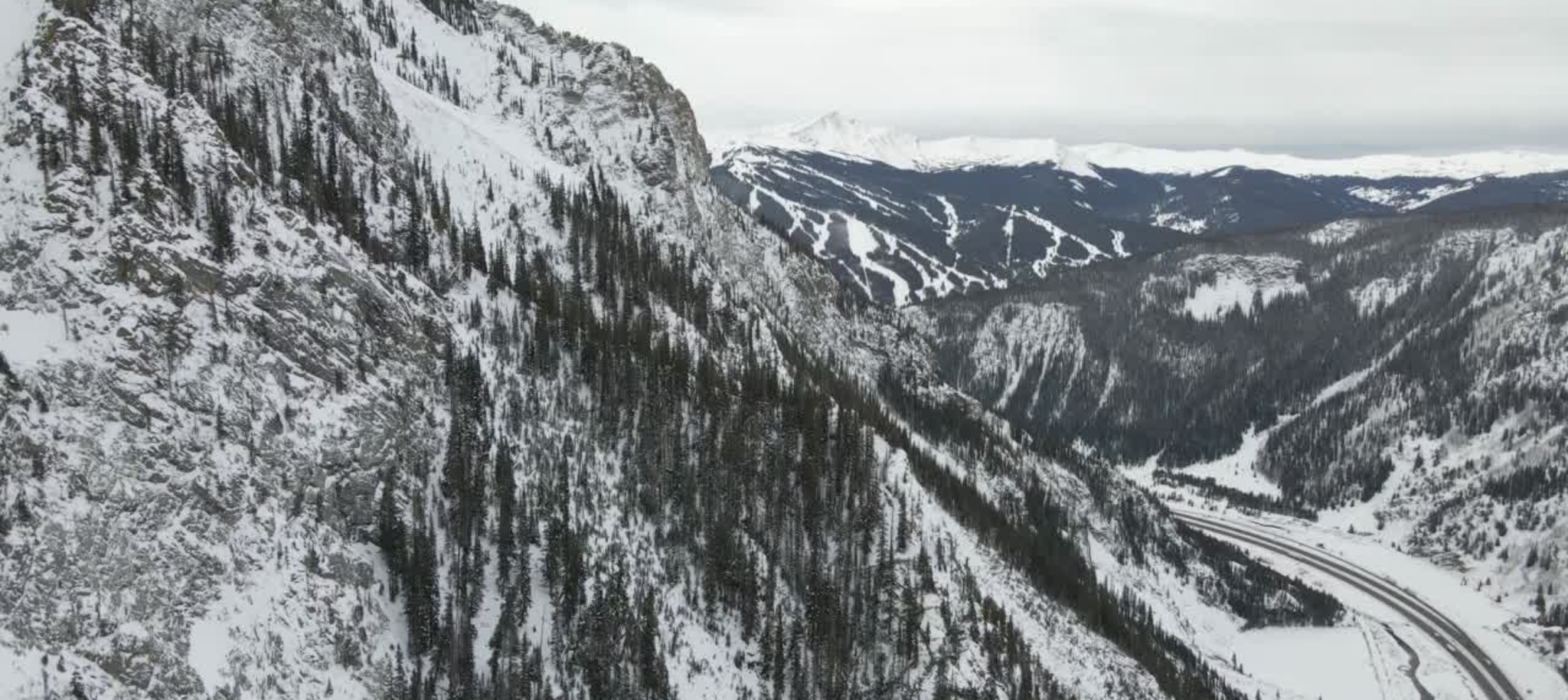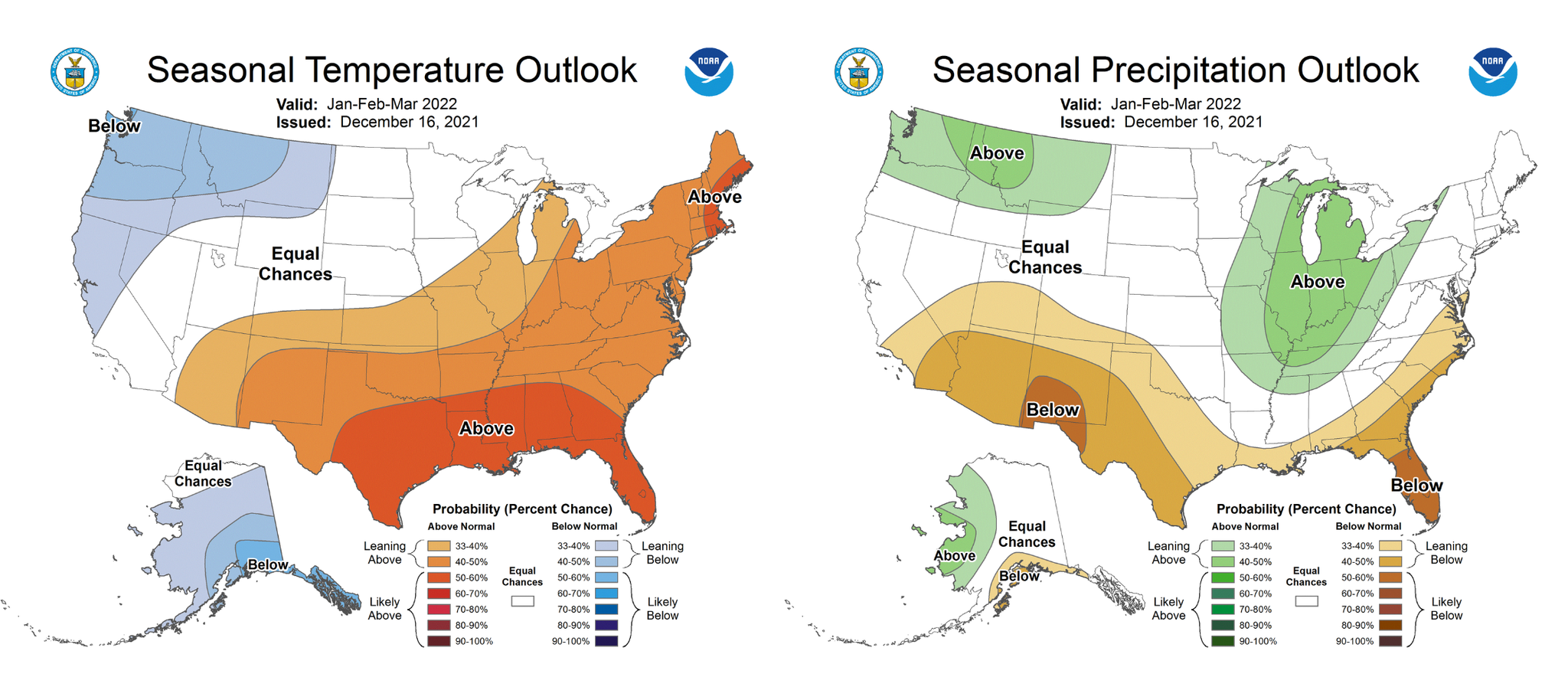There is sNOw Way
When will it snow here? It's a weird December so far with Hawaii seeing snow before Colorado, devastating severe weather the second week of December, and record warm temperatures.
Where is the winter weather? Well, I can't pinpoint the exact timing of our first snow in Missouri, what I can do is dive into this winter's trend, and discuss snow climatologies.
November Snow Drought

Where was the snow? The Rockies and areas north saw a bit of snow drought in November. Areas around the Rockies saw a 10-20" snowfall deficit. The only exception to this snow drought were cities along the Great Lakes where surplus snow fell. Parts of western Montana, and central Washington have also seen surplus snow. For the rest of us, we have been dry in comparison.
High pressure and warm temperatures held strong in November, this kept the flakes from falling.
In Denver, their snow drought lasted between April 22nd and December 10th, tieing the record for the longest time without snow. The record was set in 1887, where measurable snow didn't fall for 232 days. The second-longest snowless streak was in 1888, where Denver went 227 days without snow.
What's interesting is that blizzard warnings were issued the first weekend of December for Hawaii's Big Island. The weekend forecast called for 12 inches of snow to fall in the higher elevations. While snow isn't uncommon on the island's mountain peaks, Mauna Kea and Mauna Loa, it's just funny to think that a tropical island saw more snow before Colorado!
Typical first snow
When I talk about the first snow, I'm talking about measurable snow. The flurries we saw back in November here in St. Louis do not count as our first snowfall. Snow is measured to the nearest tenth of an inch. Anything less than a tenth of an inch of snow is not "measurable snow."
With that point cleared up, St. Louis on average sees the first measurable snow on December 3rd. In Denver, their typical first snow occurs in mid-October. Fairbanks, MT, on average, sees their first snow in late September, while Caribou, AL sees its first snow as early as October 3rd. It's a big range, isn't it?
This winter - what to expect

I for one, hope we don't get a repeat of last year's winter weather, especially with what occurred in February.
Last year's winter weather outlook called for a La Nina atmospheric and oceanic pattern. What this means is, typically, warmer than average temperatures across the southern US, but cooler than average in the northern Great Plains. Precipitation is a little less predictable, but there are links to more precipitation around the Great Lakes, Ohio River Valley, and Pacific Northwest. As you may very well remember, winter last year was anything but typical....
This year, a similar pattern is set up! Uh oh...
Don't worry too much, this may not be a foreshadowing. There are many factors at play when it comes to winter temperatures and precipitation. So, while the pattern may be similar, this doesn't necessarily mean we'll see a repeat. Some studies have found that in a second La Nina winter, the precipitation is pretty close to the average. I'm ok with that! Expect for areas out west where they are drought-stricken, more rain or snow is needed.
The trend is holding for areas south of the line stretching from Maine to Wisconsin, down south into Kansas, and west into Nevada, to see warmer than average temperatures. The confidence for this forecast is low, only between 33-50% confidence for seeing warmer temperatures.
As for the precipitation outlooks, Missouri is included in the region of above-average precipitation. The southeast and the southwest United States may see below-average precipitation. It should be noted, that confidence is still low on this one.
For the southwest, this forecast does not bode well. A dry winter is the last thing they need with their ongoing drought.
Whatever you do, don't take these outlooks as Gospel. The seasonal outlook will verify for some areas and bust for others. There are so many factors that influence winter weather, and these factors can be so small scale that they are impossible to predict weeks or months in advance.
Oh, by the way, Winter officially starts on December 21st!

0 Comments Add a Comment?